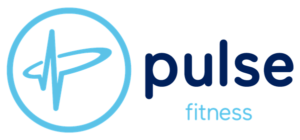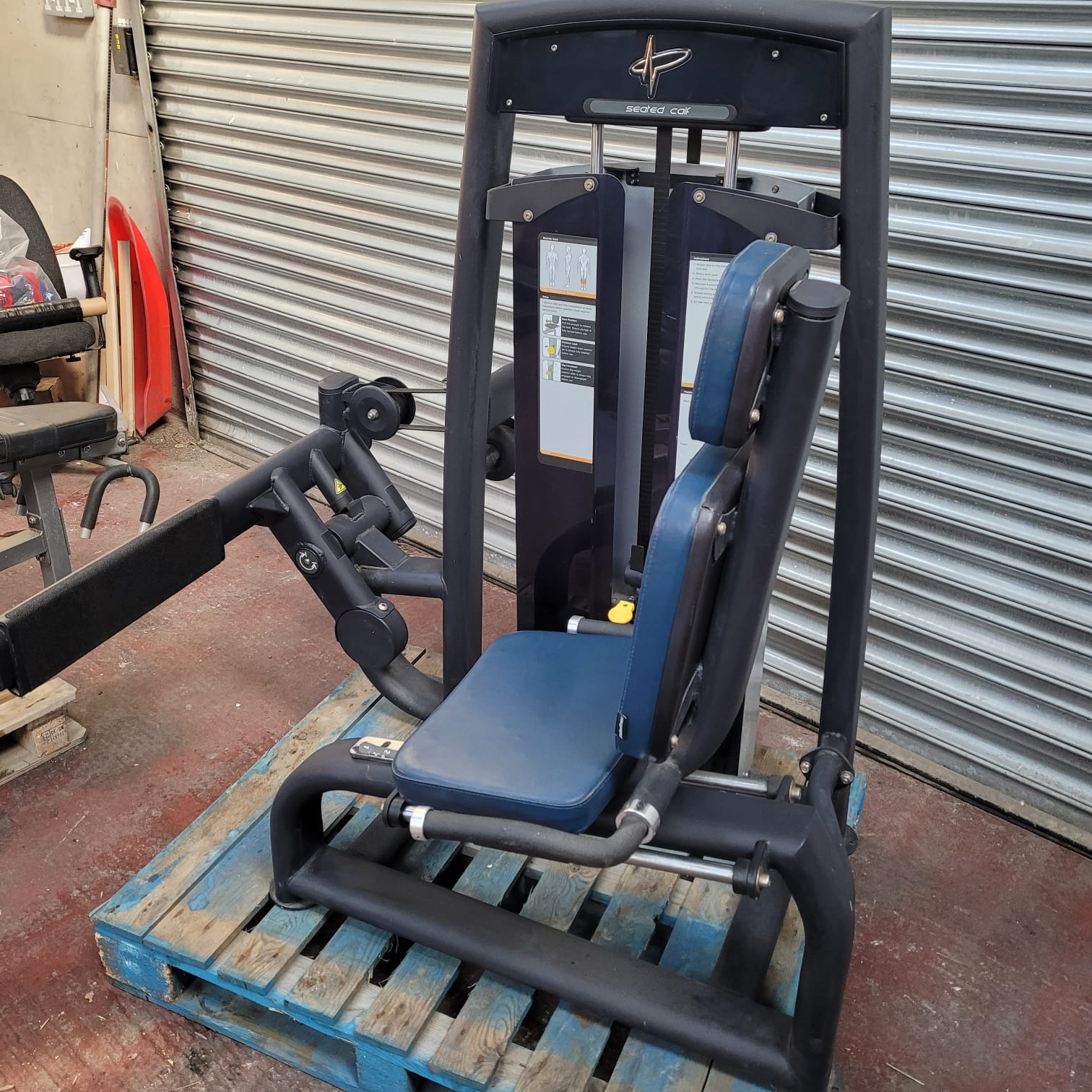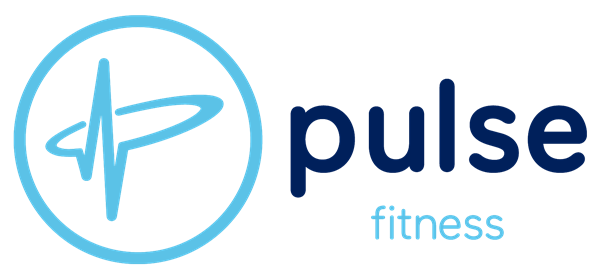 At Completegyms, We are proud to offer you this seated Calf press by Pulse.
At Completegyms, We are proud to offer you this seated Calf press by Pulse.
Why not set this on Rubber Tile
Check this video out – Video
What are Seated Calf Raises?
From a more technical view, the seated calf raise is known to be a single-joint isolation exercise that makes use of free weights or a free-weight-loaded machine to target the muscles of the calves in their entirety.
Unlike the standing calf raise, seated calf raises allow for a greater isolation of the legs in general, and allow lifters who cannot load weight on their spine or torso to otherwise train their calves without worry of injuring themselves.
Who Should do Seated Calf Raises?
Seated calf raises are relatively simple and low impact, and as such are accessible to even total beginners at the gym. So long as the ankles and feet of the lifter are healthy, they can perform a seated calf raise. pulse
In particular, however, runners or powerlifters may see the most benefit from performing the seated calf raise, as it is excellent for building both endurance and strength in a dynamic fashion.
Equipment Needed to do Seated Calf Raises
Seated calf raises will either require a bench and dumbbell, or a seated calf raise machine with a set of weight plates. While there are minute differences between the two exercises, they are largely the same and as such are often grouped beneath the same name.
How to do Seated Calf Raises
In order to perform a repetition of the seated calf raise, the lifter will sit on a bench (or within a seated calf raise machine) and load a moderate amount of weight atop their knees. This may be done by loading the machine with plates, or placing a dumbbell atop the knees, secured by the hands. Pulse
Then, insuring the toes are pointing slightly outwards and forwards, they will roll their foot onto the balls of their feet, stopping once the ankles are nearly in a state of full extension.
Once reaching this point, they will then slowly return their heels to the ground, thereby completing the repetition.
What Muscles do Seated Calf Raises Work?
Seated calf raises are an isolation exercise, and as such will only train one muscle group to any significant capacity; the calf muscles.
The muscles of the calves are responsible for quite a number of different activities and are involved in a plethora of biomechanics, but are especially needed for stabilization when standing upright or walking. Furthermore, they directly control the ankles and feet, and are responsible for biomechanics like dorsiflexion and plantarflexion. Pulse
What Part of the Calves Do Seated Calf Raises Focus on?
While seated calf raises do indeed work the entirety of the calves to an effective measure, they will place a greater focus on the underlying muscle of the soleus, rather than the two-headed gastrocnemius muscle.
The soleus is a flat skeletal muscle found beneath the gastrocnemius, and is often forgotten due to the fact that it is not plainly visible when an individual flexes their calves. It is used to the greatest extent during plantarflexion of the feet and ankles, and as such is arguably just as important as the gastrocnemius in day-to-day activities or exercise.
The reason why the seated calf raise should not be used as a substitute to the standing calf raise is much the same – it places a greater focus on the inner soleus muscle, and is more useful as a strength or athletic training tool, rather than for building visible muscle mass, as would be the case with other calf raise exercises.
What are the Benefits of Doing Seated Calf Raises?
Apart from strengthening and developing mass in the calf muscles, the seated calf raise is also capable of imparting several benefits that may not be as easily achieved with other exercises – many of such benefits involve strengthening and reinforcing the lower body as a whole.
Excellent Athletic Carryover – Especially for Runners
The muscles of the calves are used in nearly any movement involving the lower body. Knowing this, we can easily reach the conclusion that regularly performing seated calf raises will directly improve an individual’s capacity to perform said movements.
Where this benefit is taken even further, however, is in the case of athletes – particularly runners – of whom require the improved work capacity and strength output that is engendered by seated calf raises and other calf isolation exercises.
Not only will performing these exercises allow runners to run faster or athletes to jump higher, but it will also reduce their risk of sports-related injuries as the muscles and related tissues become stronger as a result of the stresses of resistance training.
Reinforced Achilles Tendon, Ankles, and Feet
Just as how the muscles of the calves are strengthened by performing seated calf raises, so too are the various soft tissues that protect and move the ankles and feet, with none more so than the Achilles tendon.
The Achilles tendon is directly attached to by both the gastrocnemius and soleus muscles, and is among one of the most vital bands of connective tissue found anywhere in human physiology, as it allows for actions like walking and standing upright to occur. Pulse pulse pulse
As such, one of the most important (and overlooked) benefits of seated calf raises is its capacity to reinforce the achilles tendon and the entire foot-and-ankle structure as a whole, reducing the risk of future injuries and countering the degenerative effects of aging. Pulse
Reinforcement and Stabilization of Plantarflexion Mechanics
Because the seated calf raise strengthens the calf muscles and reinforces much of the ankles, it is especially effective at improving plantarflexion of the foot. Pulse
Plantarflexion is the movement of the foot downward, and is the direct opposite of dorsiflexion, where the foot will point upwards instead. It is a biomechanic that is used in nearly any movement involving the legs, and as such can be unstable or suffer from poor range of motion in individuals that do not reinforce it correctly.Pulse
Fortunately, seated calf raises will not only ensure that plantarflexion is stable within its range of motion, but also aid in achieving a wider range of plantarflexion of the feet, of which is extremely important for all individuals, regardless of age, injuries or training experience.






Reviews
There are no reviews yet.